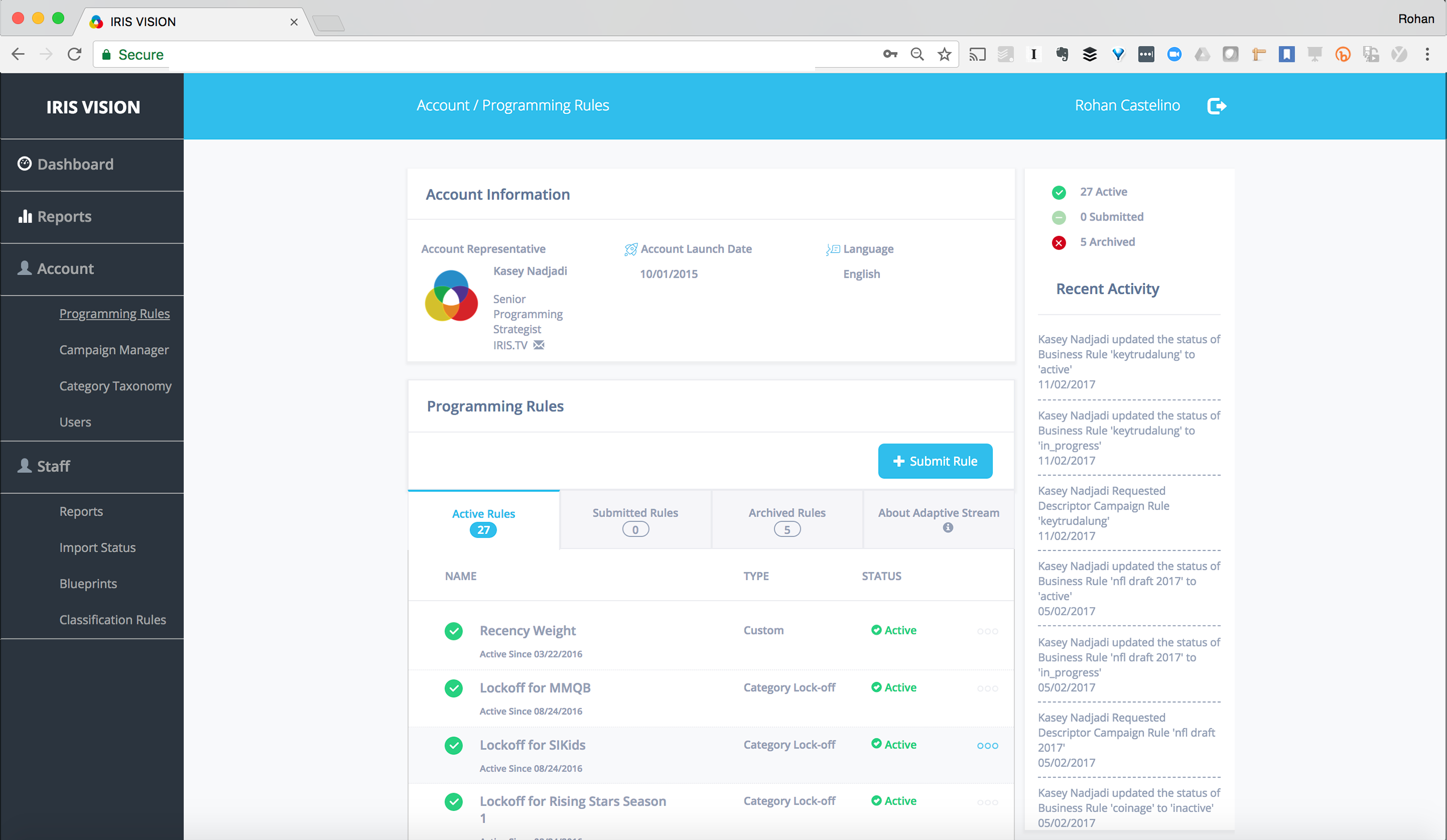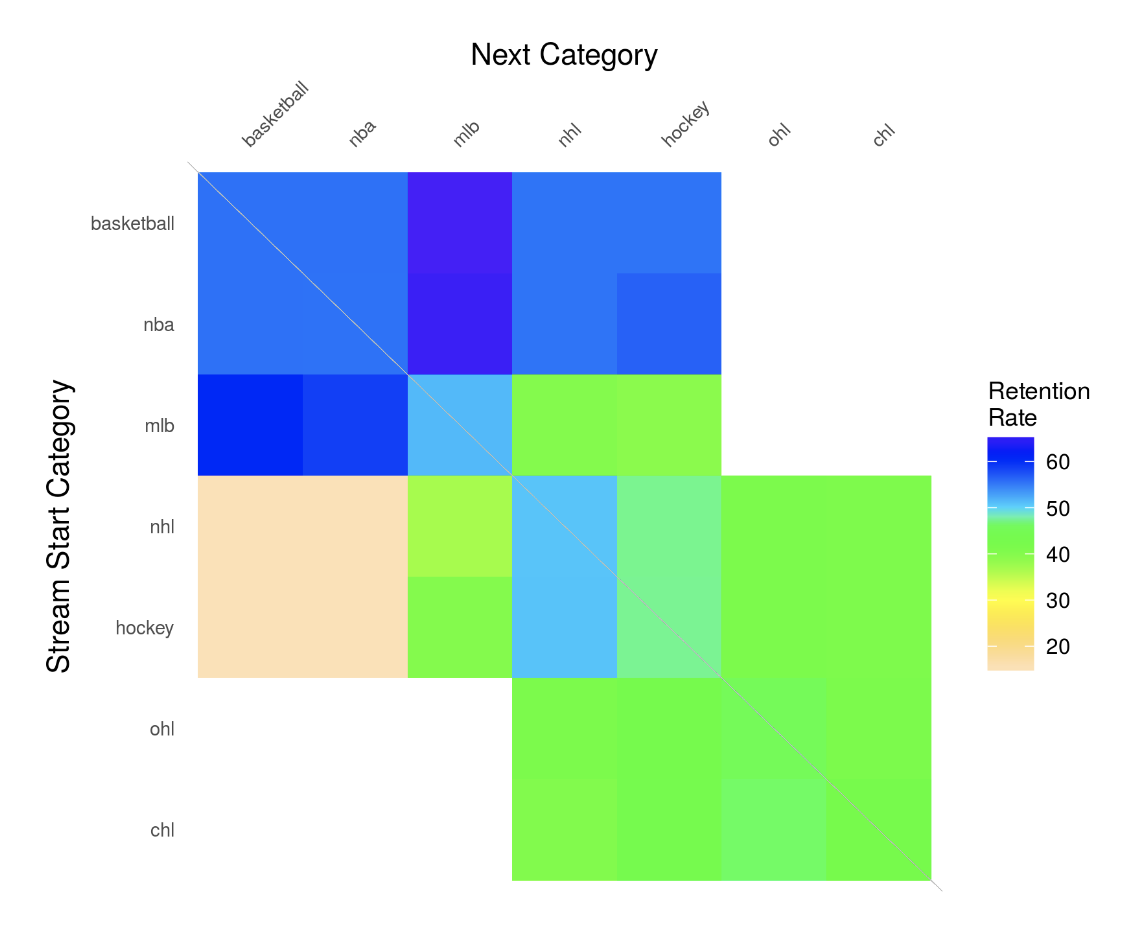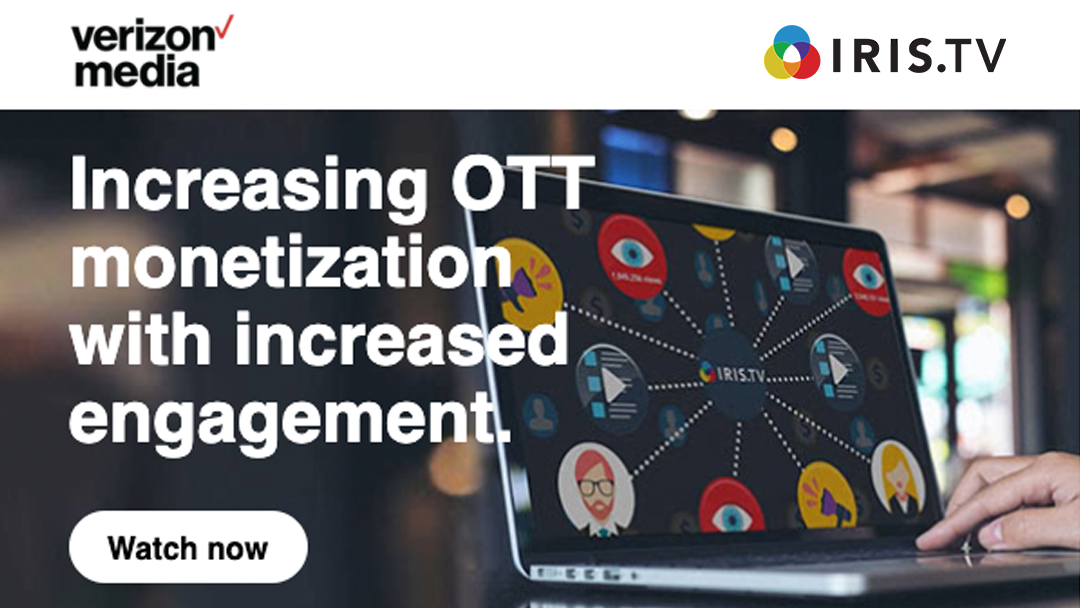Video Programming Rules: When Overriding the Machine is the Right Play
Posted by Rohan Castelino | May 20, 2019 | Video Recommendations |
In our previous post, Top 5 Ways Publishers Can Improve Video Lift, we likened video programming to the data-driven strategies promoted in the book and film Moneyball. In baseball when it comes to increasing your probability of scoring runs, the data says don't bunt. Similarly, when it comes to increasing video views, the better play is to let our personalization engine, Adaptive Stream™, recommend videos unencumbered.
Adaptive Stream is the video recommendation engine most adopted by leading media technology platforms because it calculates in real time the widest variety of factors such as context, individual user behavior, group behavior, device, geography when determining what video to recommend. Publishers, however, sometimes have other editorial and business considerations beyond maximizing user engagement and must occasionally place guardrails on Adaptive Stream.
In this post, we’ll review the most common examples of when publishers restrict the video stream with programming rules i.e. when it's okay to bunt.
Breaking News
Like all media companies, news publishers wants to maximize revenue while maintaining editorial standards. Occasionally, there are major news events such as natural disasters and terror attacks that become a singular focus of both users and editorial teams. In a short amount of time, there is a spike in viewership and immense pressure to create content and keep up with the story.
On these occasions, the best videos to recommend are those specifically related to the event. To help facilitate this, the editorial team creates a breaking news category and a programming rule in IRIS Vision™ that directs Adaptive Stream to only recommend videos with that designated category.

Monetization
During tentpole coverage of events such as the Olympics, publishers have a variety of sponsorships and branded content deals to manage. One way to prioritize the delivery of a pre-roll campaign is through a “Category Lock-Off” programming rule. In this scenario, a publisher wants only videos within a certain category to play as a recommendation. When a pre-roll campaign is associated with videos in a content category, this rule can be applied.
In the video clip above, USA Today Networks’ Kara Chiles discusses how they applied category lock-off rules during the 2018 Winter Olympics to prioritize the delivery of their Farmers Insurance pre-roll campaign.
When it comes to branded content, publishers, use Campaign Manager, to override the second editorial video in a stream with a branded video.
See below example of a publisher using campaign manager to play a branded video as the first recommendation.
To learn more about using programming rules to optimize monetization, check out this earlier post.
Tentpole Events
Events such as the Royal Wedding of Prince Harry and Meghan Markle in 2018, also drive higher demand for specific content temporarily. In this article for TV Rev, we outline how publishers can effectively plan for these events.
Regarding the programming rule itself, we advise clients to create a dedicated category and turn on the category lock-off rule temporarily. The key is timing. The further you are from the event, the relationship of matched categories of recommendations to retention diminishes. The chart below shown again from our previous post shows that category affinity is not always intuitive.

Premium Rights Management / Managing a Paywall
Publishers are increasingly adding premium subscription to their ad-supported business models. When it comes to automating video recommendations, this can present a programming challenge. You want to present some content to some people but not to others. There are a few ways to apply programming rules to address this.
Lock-off Groups
Completely separate the video assets into separate buckets by locking them off from each other. When this is set, Assets in Premium Bucket will never be recommended alongside video from the Free Bucket. This will guarantee an impenetrable wall between the asset groups.
Category Lock-off
What if you want the flexibility to show some Premium content with Free Content and vice versa? What if you want to temporarily recommend all content during a special promotional period? A category lock-off is a more appropriate programming rule for these scenarios.
For more information about when and how you ought to customize video streaming, contact your IRIS.TV Programming Strategist to learn more. If you are not an IRIS.TV customer, please contact us for a consultation.



.jpg)






